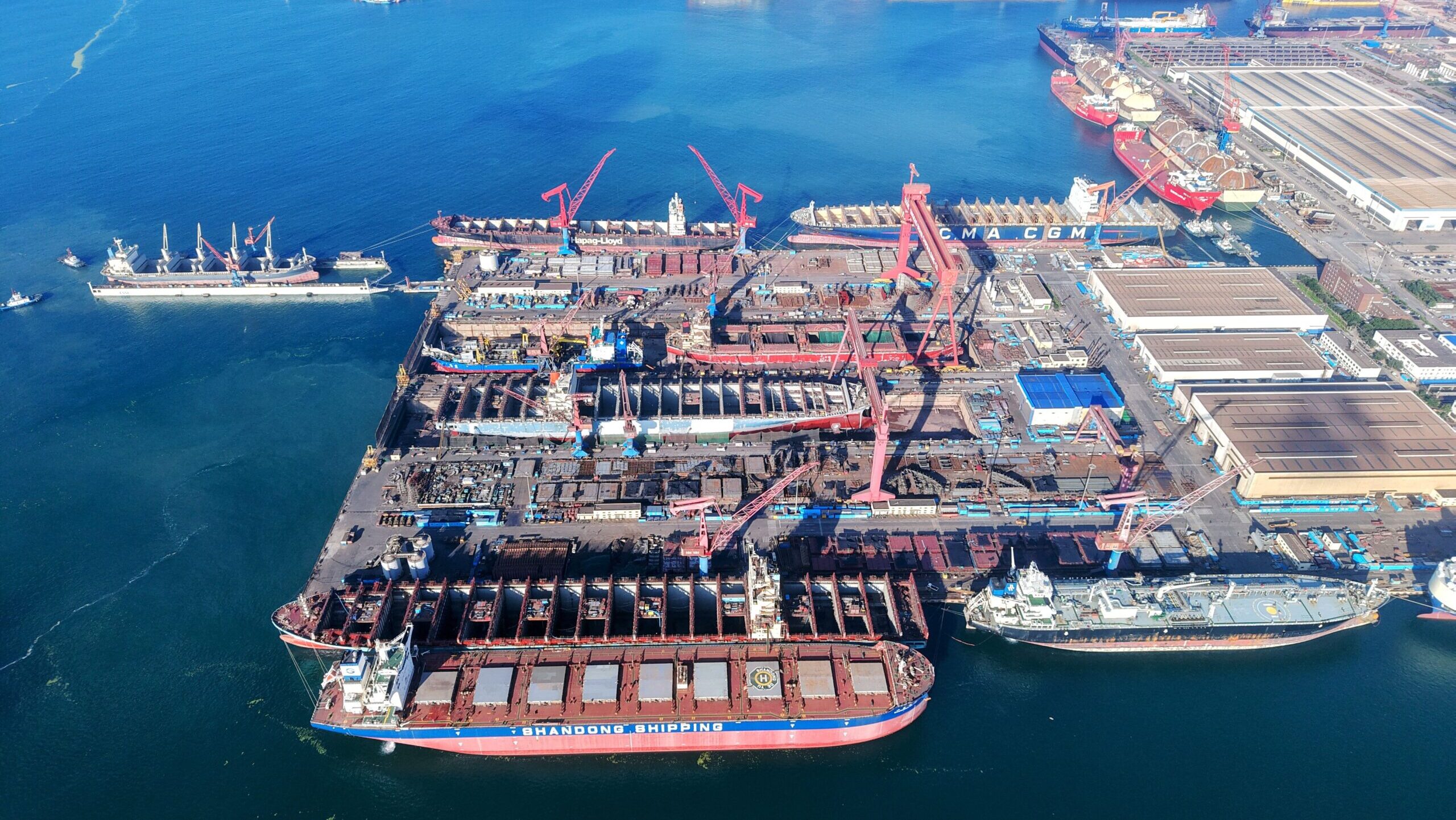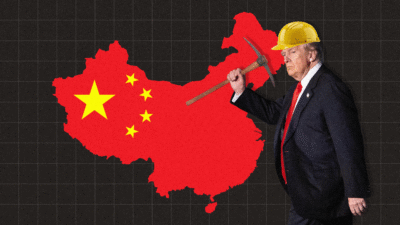China Recreates a Shipbuilding Dreadnought
To the extent they ever really were, China’s two major state-owned shipmakers will no longer be ships that pass in the night.

Sign up for smart news, insights, and analysis on the biggest financial stories of the day.
To the extent they ever really were, China’s two major state-owned shipmakers will no longer be ships that pass in the night.
This week, China State Shipbuilding, or CSSC, is set to absorb China Shipbuilding Industry, in a $16 billion merger that will create the world’s largest shipbuilding firm. It’s a move that will likely make a significant geopolitical and economic splash amid a global trade war.
Dropping Anchor
The merger is actually a reunification. The two firms were one and the same before splitting in 1999 when the Chinese government was attempting to inject a little more competition into its domestic sector at a time when Japan ruled the global shipmaking industry. The strategy paid off, with the era of competition pushing the Chinese shipbuilding industry to the top of the global pecking order (we’d call that a point in Adam Smith’s ledger, though a Biden-era US Trade Representative’s Office probe concluded that China used unfair tactics to dominate the sector).
According to the US Navy, China owns roughly 232 times the shipbuilding capacity of the US. Meanwhile, United Nations data shows that China-built ships held about 55% of global shipping tonnage last year, compared with just half a tenth of a percent carried by US-made ships.
Now, Beijing is putting the two pieces back together to make an undisputed shipmaking king, just when the merger’s potential benefits are needed most:
- Combined, the two companies accounted for roughly 17% of the global market last year, according to data from Clarksons Research, and the post-merger company will hold an order book totaling more than 530 vessels and garner annual revenue of about $18 billion.
- Crucially, the combined company will likely streamline the process of shipmaking for the Chinese navy. CSSC is already one of the leading suppliers for the seafaring force, and the company has said the merger will help it fulfill needs for advanced equipment.
Shifting Tides: The merger has been in the works since 2019, but it has taken on renewed urgency this year amid shifting US trade policy. Starting in October, China-built ships will be slapped with port fees of $18 per net ton by US Customs, which will escalate through 2028. Meanwhile, the Shipbuilders’ Association of Japan said in June that the country is intent on growing its market share to about 20% by 2030, up from around 9% today, though well down from the 50% hold it had in its 1990s heyday. And, of course, it’s all set against the backdrop of a new trade war that could shrink global trading networks, not grow them. In other words, the wind isn’t entirely behind the combined Chinese shipbuilding firms’ sails, though we’re guessing they’ll be able to keep moving forward — more or less full steam ahead.











